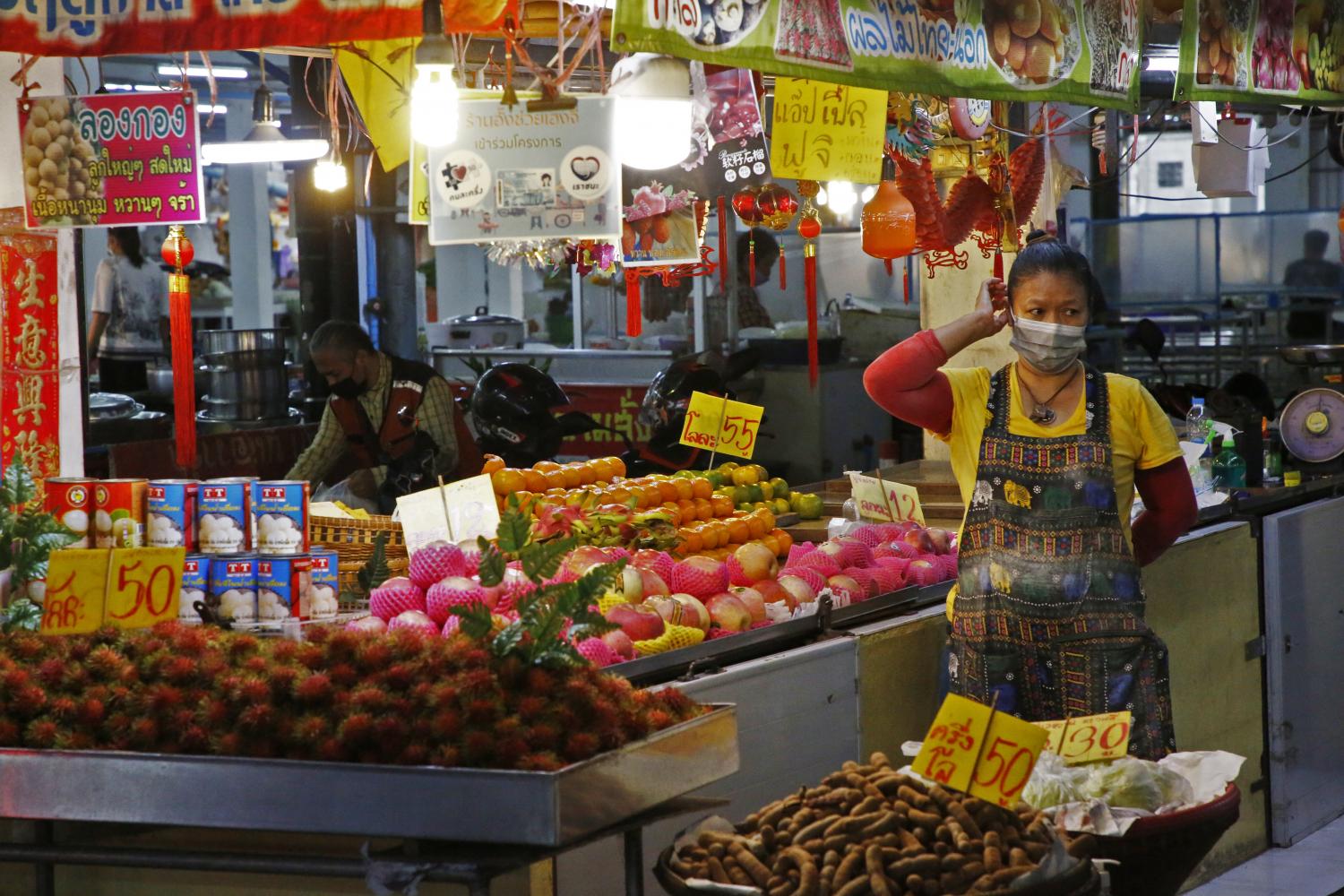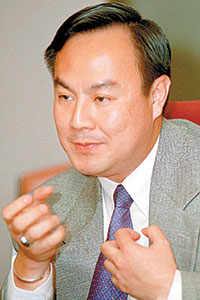
The economic theory is clear. Inflation always precedes a recession. Investors also think similarly. A recent Market Live Poll conducted by Bloomberg shows that 15% of investors are expecting a US recession to begin in 2022, 48% in 2023, 21% in 2024 and 16% looking at 2025 or later. Deutsch Bank also believes the US economy could face a recession in 2023.
The world's last recession was in 2008 following the subprime mortgage crisis. The recession ended after the US government injected US$1.5 trillion into a bank bailout and economic stimulus packages.
The fear of recession is returning because of worldwide rising inflation. In the US, March inflation stood at 8.5%, the highest since 1981. Preliminarily data indicates the EU's March inflation at a high level of 7.5%. At home in Thailand, March inflation is recorded at 5.73%.
It is mistakenly believed that 2022 inflation is caused by high oil prices arising after Russia's invasion of Ukraine on Feb 24. The fact is that inflationary pressure actually happened long before that. US consumer price inflation (CPI) was 7% in December 2021, 7.5% in January 2022, and 7.9% this February. More importantly, the US's producer price index (PPI) was already at 10.3% in February. Therefore, with or without rising oil prices from Russia's invasion, March's consumer price inflation would be significantly higher than February's.
Inflation is caused by a demand-supply mismatch and panicked reaction to demand-supply situations, for example, speculation and hoarding. The root cause of current inflation numbers is a lack of investment in supply production. Taking the energy sector as an example, average crude-oil prices were $61.4, $41.3 and $69.1 per barrel in 2019, 2020 and 2021 respectively. At such low prices, oil producers had no incentive to develop new oil wells and maintain existing wells, causing production capacity to decline. When demand rebounded after the Covid crisis, oil prices jumped to 96.6 dollars per barrel in the first quarter of this year.
Even without Russia's invasion of Ukraine, the world oil price would still hover around $100 (3,376 baht) per barrel in 2022 because of the demand-supply mismatch. With a voluntary embargo on Russian oil, the world could see $110-120 per barrel as normal oil prices this year.
According to International Energy Agency, about 1.5 million barrels per day of Russian oil is estimated to be shunned by world oil traders in April and, from May onwards, nearly 3 million barrels per day will not enter world markets due to international sanctions and self-sanctioning from buyers. One major oil trader said that the world might see oil prices approaching $150 per barrel.
Vladimir Putin knows the situation well and has ordered Russian oil companies to find new buyers in Asia. As of now, India and China are snapping up Russia's oil at deeply discounted prices. However, things are not as easy as Mr Putin imagines, since most of Russia's oil is drilled in West Siberia and thus expensive to transport to Asia; the oil is more suitable for pipelining to Europe. Asia receives oil produced in Sakhalin Island, which is situated close to Japan and China.
Other commodities share a similar fate as oil and energy products. Commodity prices have soared 50% this year, the fastest rise in 27 years. Usually, there is a lag of three to six months before rising material costs translate into higher consumer prices. That is why monitoring producer price indices is as important as watching those for consumer prices. March's US producer price index is 11.2%. In theory, three months from now, we could see double-digit consumer price inflation in the US.
The inflation situation is likely to be severe in Thailand because the Thai government does not allow product prices to be adjusted gradually. A gradual rise in inflation would allow consumers to adjust their demand accordingly. Instead, the government controls prices of essential products. Currently, there are 46 price-controlled products and six price-controlled services, ranging from garlic to gasoline. But when prices are no longer controllable, all hell breaks loose.
As of March, the pump price has risen 31.43% and electric bills have jumped 39.95%. Cooked food likewise has risen about 6.3%. But what Thai consumers are now facing is just the tip of an iceberg. Big inflation awaits in the coming months.
For a start, diesel subsidies will be halved starting from May. More importantly, three-month stocks of all manufactured products will run dry in April/May making way for higher-priced products -- reflecting the higher cost of energy and raw materials -- to enter the market. While March's CPI is at 5.73%, the same month's PPI is 11.44%, which is higher than the US's.
At this rate, Thailand could eventually see double-digit inflation like most countries in the world. In light of this, the Bank of Thailand might need to reassess its latest CPI projection of 4.9% for the year 2022. In order for Thailand's CPI to hold at such an optimistic level, world oil prices may need to drop to $80 per barrel.
What comes after high prices is high-interest rates. Some might argue that the world is moving into economic recession from high prices, so why do we need interest rate hikes which will make the economic situation worse? Well, high-interest rates actually can retard and lessen the severity of an economic recession.
Remember that 48% of US investors think a recession will occur in 2023 while only 15% think one will happen in the latter part of this year. This relates to the Fed (the US central bank) planning to raise interest rates by 1.0% this year. Higher interest rates would slow down inflation and push recession further away.
Neither the Monetary Policy Committee, nor the Bank of Thailand, have given any signs about Thailand's interest prospects. However, they have mentioned that projected inflation of 4.9% is higher than its acceptable inflation target range of 1.0-3.0%.
If I may suggest to the committee and the bank, it is theoretically correct to raise interest rates now rather than later. A high-price situation is not a short-term phenomenon, as the bank might envisage. It is a fundamental supply shortage problem due to a lack of proper investments. It will take a minimum of one year and more likely three years for supply to catch up with demand.
Lawrence Summers, ex-US Secretary of Treasury, has said there is an 80% chance the US economy will slip into recession next year. I agree with him and would add that the whole world will enter into recession as well. However, Thailand could face economic recession sooner and indeed one more severe than other countries due to the Bank of Thailand's easy-money policy and the government's distorted price controls.
